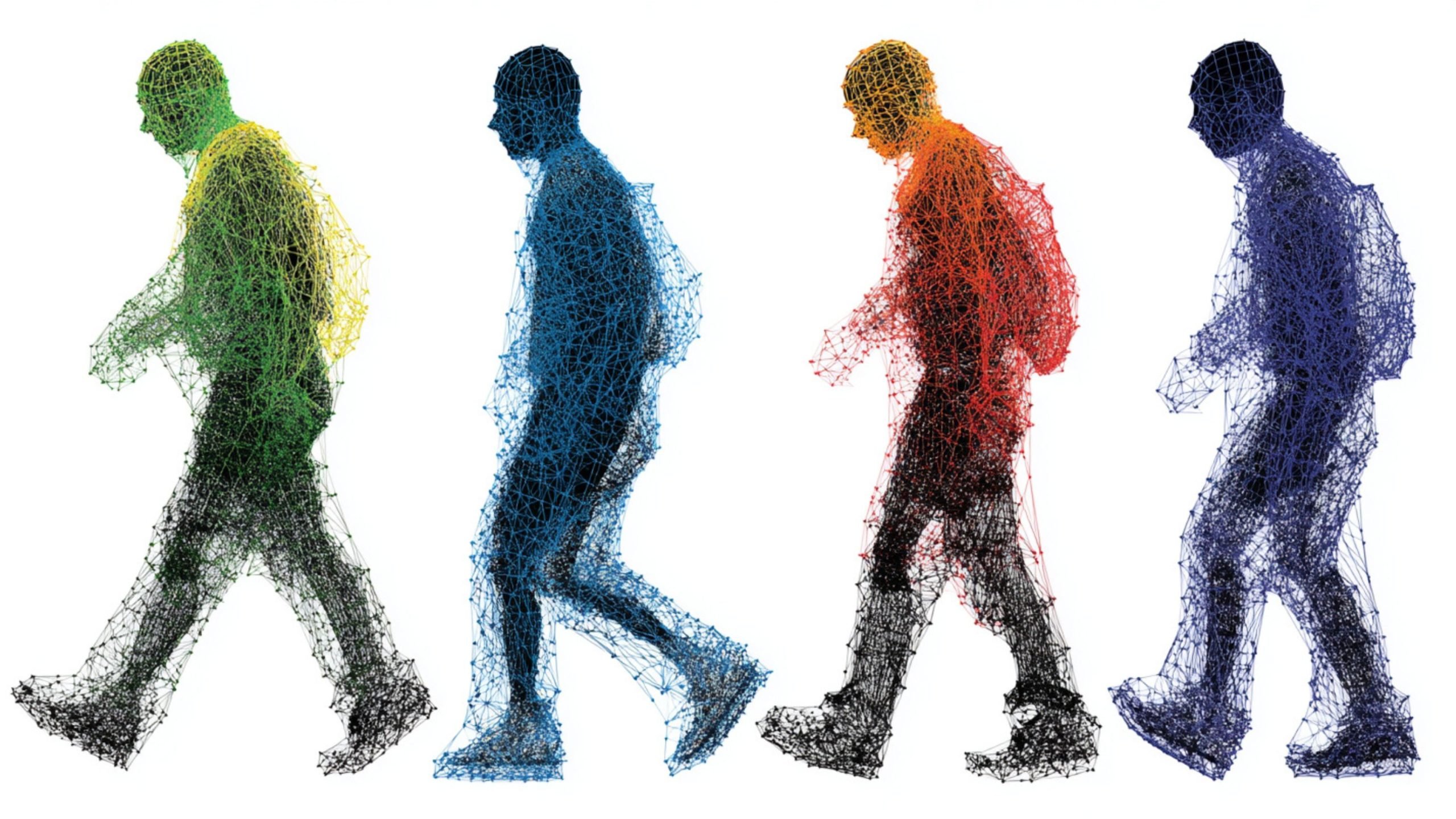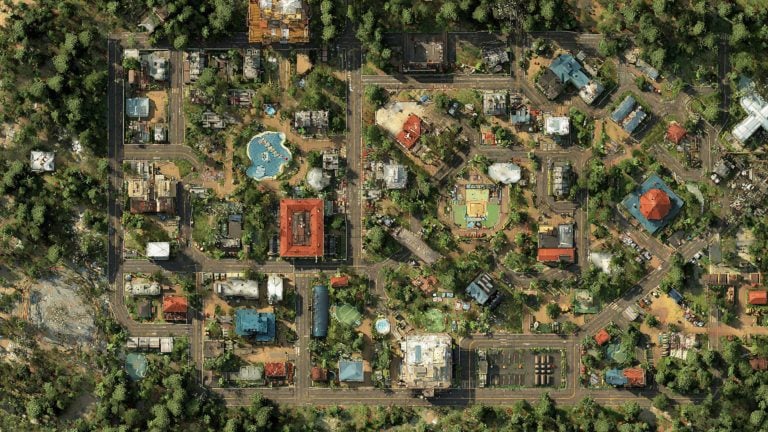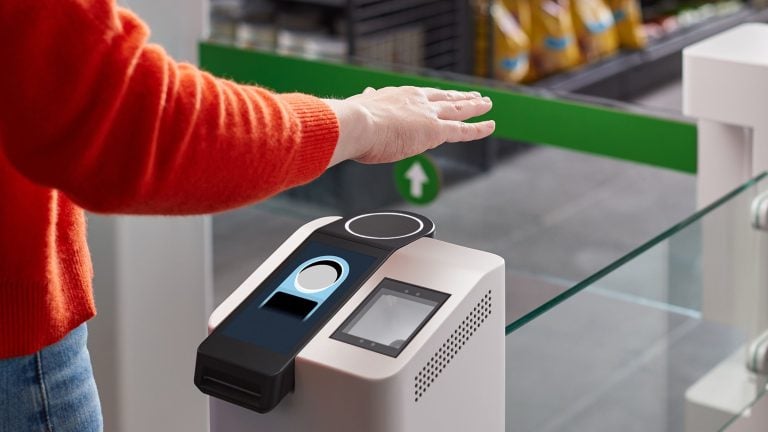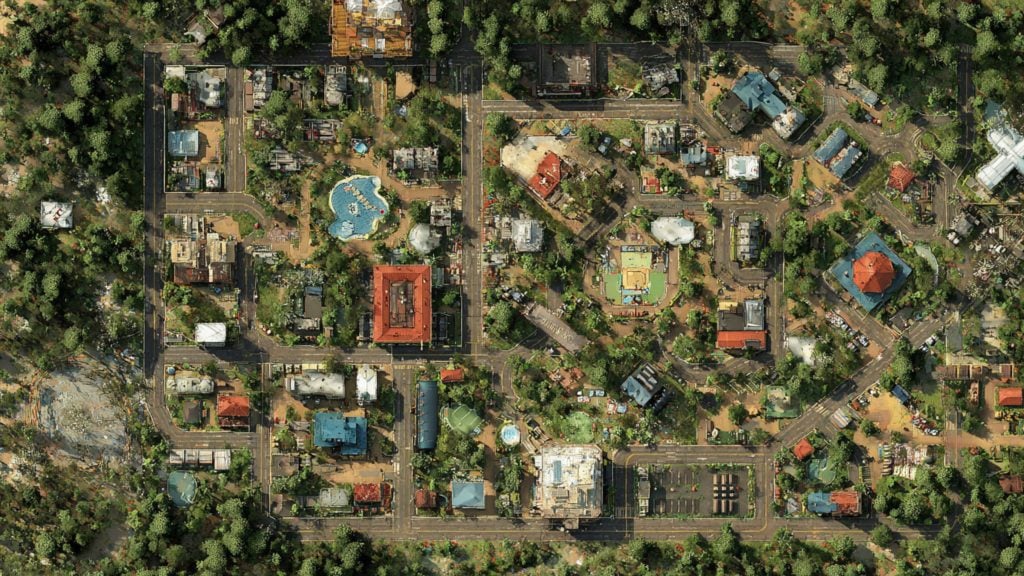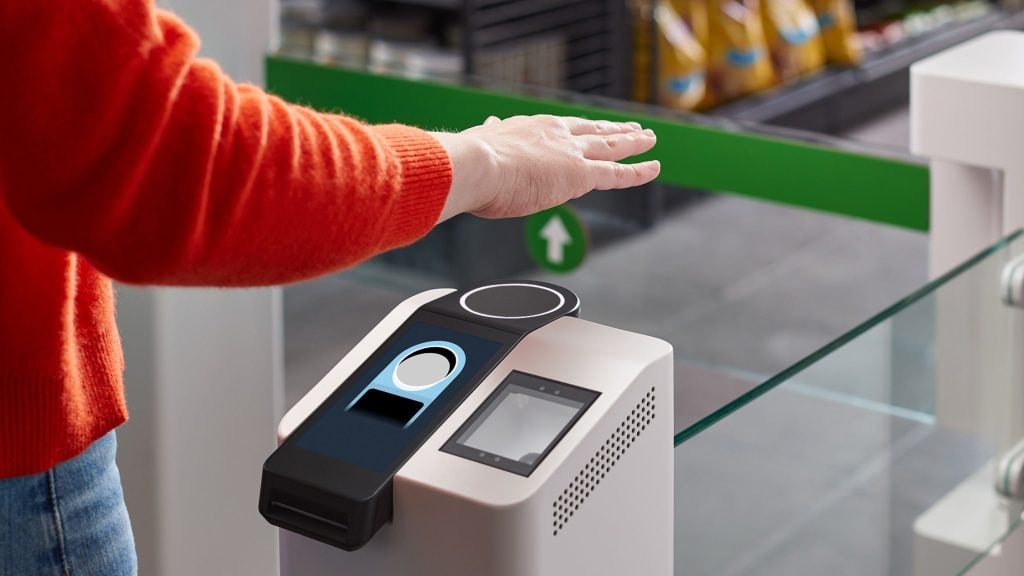People may soon be convicted of a crime based on the way they walk. A European court has for the first time accepted gait recognition as admissible evidence in a murder case, marking a new chapter in forensic identification.
More: The New Face of Surveillance Doesn’t Need Your Face
The decision places this form of biometric analysis alongside more traditional methods, despite longstanding concerns about surveillance technologies expanding into the justice system.
Cursor Insight, the company behind the technology, argues that analyzing body movement together with 3D measurements of physical dimensions produces higher accuracy than face, fingerprint, iris, or voice biometrics.
Marketing Manager Ákos Molnár told Biometric Update that the system achieves an equal error rate below 0.1 percent, describing it as a hybrid method that merges physical and behavioral markers.
The case unfolded after security cameras, positioned about 30 meters from the crime scene, captured footage of a shooting.
Due to poor lighting and the limitations of the night-vision cameras, the suspect’s face was little more than a handful of pixels, ruling out reliable facial recognition.
Police eventually identified two possible suspects, both seen walking in separate recordings, with one also filmed running. Cursor Insight built gait profiles for each, using available video to compare their movement against the crime footage.
While Molnár says that gait biometrics can involve over 150 separate parameters in controlled conditions, the quality of the material in this investigation limited analysis to just 31.
“The previous recordings were also not the best quality,” he explained, noting that one was sourced from a shop CCTV system where the individual’s full body was not visible.
Even so, 30 of the 31 measurements pointed to the same person as the shooter, leading Cursor Insight to submit a forensic report that the court accepted. The trial is now moving forward, with company experts scheduled to testify.
Beyond this case, Cursor Insight is attempting to show that gait recognition could be used even when suspects wear masks or helmets.
The court’s decision to admit gait recognition as evidence introduces concerns for privacy rights and due process.
Behavioral biometrics, unlike physical identifiers such as fingerprints or DNA, can be collected surreptitiously and without a person’s awareness, turning everyday movement in public into a form of traceable data.
If accepted as reliable in legal proceedings, this technology could lead to a future where individuals are identified, and potentially convicted, not by who they are, but by how they walk, even under poor-quality video conditions.

